Selecting Successful Seatrout Flies
“What has been will be again, what has been done will be done again; there is nothing new under the sun.” -Ecclesiastes 1.9
More fishermen fish for seatrout than any other inshore gamefish along the coasts of the southeastern United States. You would think that reams of information would be available on selecting successful seatrout flies. Not so.
Here in Florida the average seatrout weighs between one and three pounds, so they’re not very big. They’re fairly easy to catch most of the time. They don’t fight very hard. And they’re usually hard to sight fish. So most serious fly fishers look for other species.
Challenging Targets
A seatrout over five or six pounds is a difficult fish to fool. They can be sight fished, best during the winter but also while they’re spawning. They are as spooky as any creature with fins. A seatrout over five pounds that is sight fished and caught on a fly rod is a great trophy.
The smaller ones are fun and will save the day when more appealing species aren’t biting. The larger ones present a formidable target in their own right.
Eyes Bigger Than Stomach?
A seatrout of any size is a glutton. A big seatrout will take a very large bait.
While poling one time I spotted what I thought was a dead fish lying on the bottom. I went over to investigate and was heartbroken to see it was quite a large seatrout, belly up. I poked it gently with the push pole and was surprised to see it wiggle weakly. I said to my fisherman, “It’s not dead! Reach down and pick it up.” He did, and we put it on a Boga Grip. It weighed a whopping nine pounds. Not many fly casters can say they’ve caught a nine pound seatrout with their bare hands!
I started examining the fish. It was pretty beat up. I looked down into its mouth. There was the tail of a one to two pound mullet sticking out of the fish’s throat. If a big seatrout will take a mullet this size they’ll also take a large fly.
Smaller seatrout seem to prefer shrimp. While larger fish will certainly eat them, they usually fill up by eating baitfish, principally by ambush feeding. Mullet, menhaden, pigfish, pinfish, pilchards, etc., all help big seatrout stay fat and healthy. So your best bet with seatrout flies, if you prefer the larger fish, is to stick with baitfish patterns.
Color, Flash, Sound
Bright colors and flash seem to attract the eye of big trout. Red and yellow, red and white, chartreuse and white, all seem to work well. Fluorescent and even luminescent colors are frequently outstanding. But I’ve also had good success with realistic color combinations, and drab colors like black, gray, brown, and grizzly, especially when sight fishing for them.
You can find trout in various depths of water. For shallow water fish (about fifteen inches deep or less), and these are almost always big ones, you need a fly that kisses the water when it touches down. The small “Plop!” of a lead eye spooks them badly in this situation.
For fish in deeper water, noise seems to be a great attractor. Flies that incorporate rattles can be extremely effective. Those luminescent materials can greatly add to the effectiveness of deep water patterns, too.
To read the rest of this article, visit this link…
John Kumiski
http://www.spottedtail.com
All content in this blog, including writing and photos, copyright John Kumiski 2013. All rights are reserved.
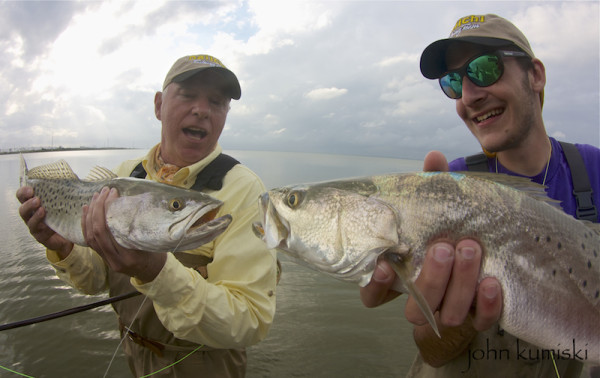

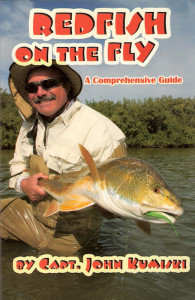
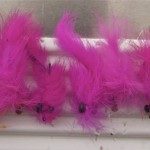
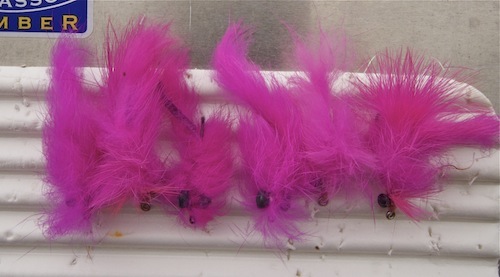
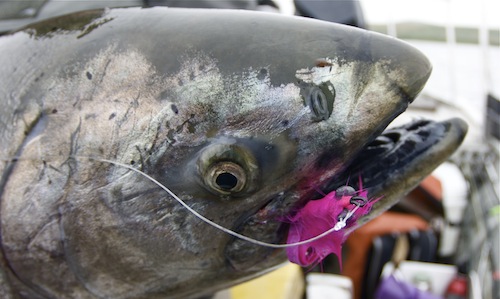
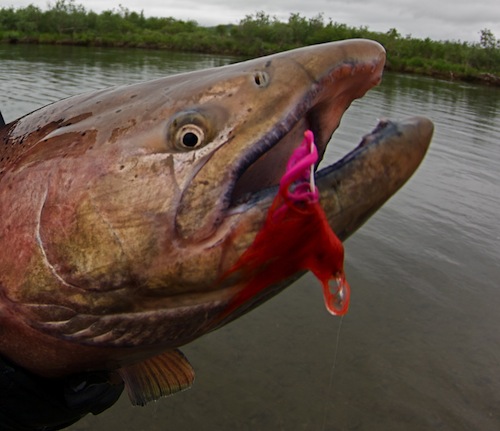
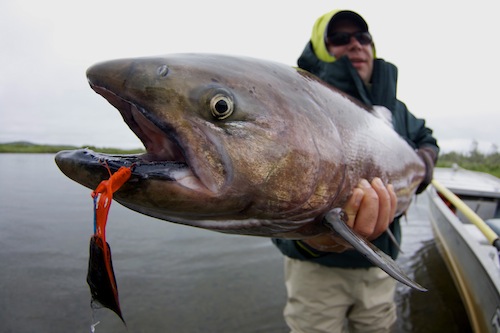
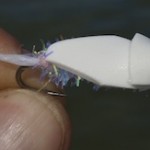
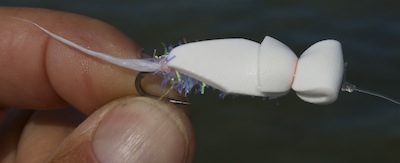
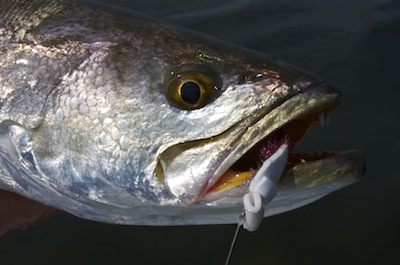
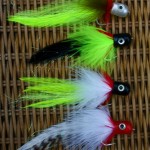
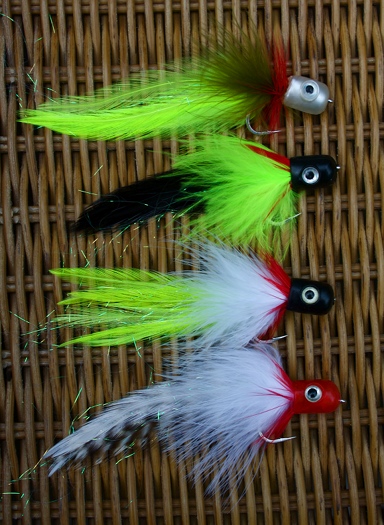
Recent Comments